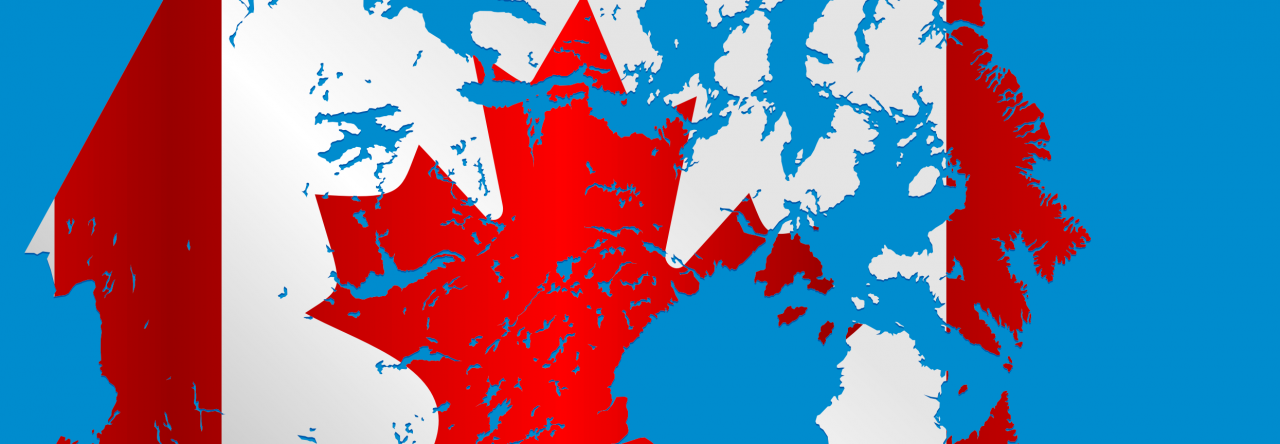“We Are Well As We Are”
An Indian Critique Of Seventeenth-Century Christian Missions
By James P. Ronda
In this journal we learn about how the Europeans and the indigenous had different beliefs on religion and how the indigenous didn’t seem to understand and eventually became to fear European religion.
At First the Europeans try to push the Christian and Catholic religions on the indigenous people by explaining heaven and hell to them. This however turns out to be an issue as the indigenous believe that the afterlife is like normal life and when they die they go to a place with their ancestors and continue living life as they are now, hunting, fishing, raising families and maintaining a regular way of life. Whereas Europeans believe that the good souls go to heaven and are rewarded for all their good behavior and the bad souls go to hell to be punished for eternity. The Indigenous thought this way of thinking was strange because how would you know if someone was truly good or bad? and why would someone who did something bad on earth go to jail and be able to repent all sins and be released but would later be sent to hell and not be allowed to do the same? They also didn’t find hell as terrifying as the Europeans did because the torture explained to them that happens in hell such as getting burnt was something that happened in their wars to them if they were caught by their enemy. Although few Indigenous did convert to the European religions many thought of it as almost a joke and didn’t find that it was as realistic sounding as their own beliefs.
Tragedy later struck when smallpox became an issue. During this time Europeans introduced baptism to the indigenous, however they would not baptize them as children but rather when they were close to death, this created a huge problem for the Europeans in trying to convince the indigenous to convert to their ways as the indigenous saw baptism as the spread of disease and cause of death. Europeans would Baptiste an indigenous person a couple days before they died so it was seen as the cause of death not a way of saving them. Indigenous started to fear all Christian and Catholic symbols because they saw the Europeans as the cause for the spread of small pox and later a drought that killed off most of the crops. Soon Christian and Catholic symbols would be thought to bring bad luck and demons with them.
Although indigenous people found some of the things Europeans did humorous or interesting such as doors, glass, clocks and weather vanes. They feared that the Europeans had brought with them death and destruction. The smallpox outbreak and drought made it so that not very many indigenous were willing to convert to the European way of religion.
